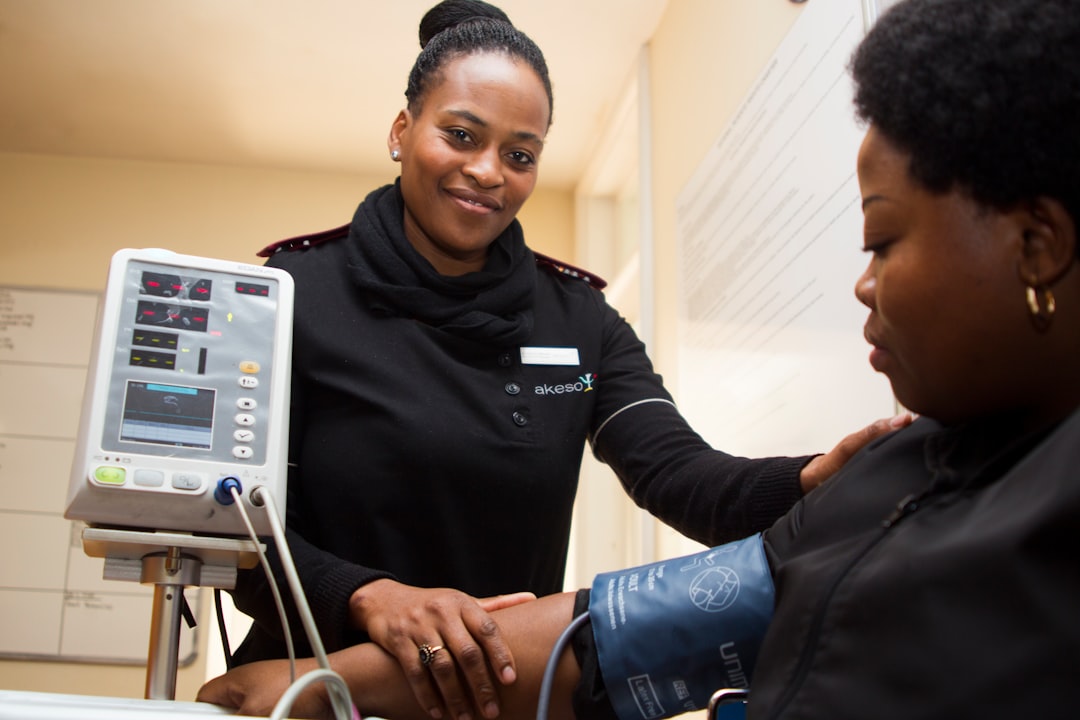What is it about?
Stroke is one of the leading causes of mortality and disability worldwide. People who underwent stroke suffer from motor dysfunction, balance problems, spatial neglect, speech, language and memory impairments, and depression. Telerehabilitation as a part of telemedicine enables post-stroke individuals to improve their functional status, memory and cognition, upregulating activities of daily living, remaining independency and socialization. Physical and cognitive activity of patients via systematic telerehabilitation training and repetition leads to the neuroplasticity of the brain improving patients’ health and quality of life.
Featured Image

Photo by Marek Levák on Unsplash
Why is it important?
We summarized most recent randomized and non-randomized clinical trials on a wider range of telerehabilitation of post-stroke patients including three main directions: motor function, cognitive, and language and speech disorders. The review shows telerehabilitation is superior or similar to conventional treatment in clinical outcomes and is used as complementary therapy or as alternative treatments. More importantly, telerehabilitation provides access to rehabilitation services of a large number of patients with immobility, living in remote areas, and during COVID-19 pandemic or similar events leading to a sustainable recovery of stroke patients.
Perspectives
I believe this article would be valuable for the multidisciplinary professionals who are responsible for the management and implementation of post-stroke individuals’ rehabilitation (e.g., therapists, neuropsychologists, public health stakeholders and policymakers). Maybe post-stroke individuals, their family members will find in this article methods, equipment and approaches they can use for self-rehabilitation. Also, the review works for technical and IT professionals in telehealth demonstrating most currently available systems or their parts for telerehabilitation of post-stroke patients. Telerehabilitation helps recovering from stroke using digital technologies and IT, and can be considered as an investment for post-stroke patients, their relatives, clinicians, and society.
Vitaly Nikolaev
Pirogov Russian National Research Medical University
Read the Original
This page is a summary of: Recent trends in telerehabilitation of stroke patients: A narrative review, Neurorehabilitation, August 2022, IOS Press,
DOI: 10.3233/nre-210330.
You can read the full text:
Contributors
The following have contributed to this page










